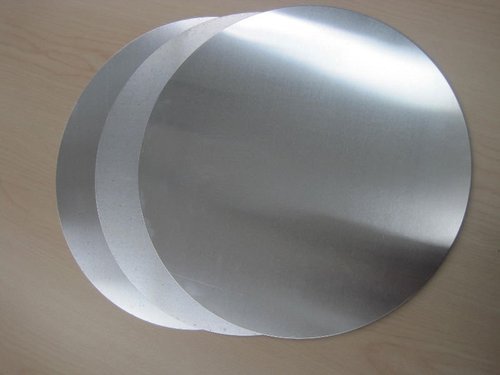
A guid to polished aluminum
Aluminum is naturally resistant to corrosion because its protective layer, called an oxide, keeps the metal safe from damage. However, aluminum does not stay protected forever. Over time, the aluminum oxide layer will wear away, exposing bare aluminum underneath. If exposed to air, aluminum oxidizes quickly, causing it to turn rusty brown. To avoid this, keep your aluminum shiny and clean by using proper cleaning techniques. There is a wide range of different types of polished aluminum products. Some examples are cookware, car parts, wheels, tankers, and semi-trucks. Each type requires its own special prep. For example, if you are going to polish cookware, there are certain cleaning techniques that need to be followed. If you are polishing wheels, then sanding needs to happen first. Once all of the preps are done, the actual polishing takes place. Here is a basic guide to help get you started.
Aluminum polishing dyi step by step
Step 1:
How to clean your aluminum. Use a damp cloth, sponge, or steel wool to remove all traces of rust and other contaminants. For small projects, just use a mild detergent and water. If there are a lot of buildups, try a commercial cleaner like Metal Pre-Clean. To clean large surfaces, you will need a stronger solvent like paint thinner or mineral spirits. Scrubbing your car’s exterior isn’t just about looking great — it also helps keep your vehicle safe. If you notice any rust spots, try cleaning them with a toothbrush and a solution of baking soda mixed with warm water. Rinse thoroughly, then let air dry before applying wax.
Step 2:
Sanding aluminum is an important step in finishing any project. You’ll want to spend the majority of the time sanding the surface. Start with coarse grit and move to fine grit until you reach the desired result. For most projects, we recommend starting with a coarser grit and working your way down to a fine one. If you have deep gouges, you may need to start at a lower grit. We do not recommend using anything less than 180 grit for your sandpaper. Sanding is the first step in finishing any piece of metalwork. Sanding removes material and creates a smooth surface. After the initial sanding, there are several other steps that follow before you move on to the next stage. Some of those steps include buffing, staining, sealing, and painting. For small projects, you could probably handle each of those steps yourself. However, if you are working on something large, you may need help. Professional polishing companies offer services like sanding and coating. They usually charge hourly rates, but they will provide you with everything you need. If you choose to hire them, make sure to ask about warranties and guarantees.
Vietnam industrial aluminum polishing
Industrial aluminum polishing in Vietnam is also popular and known as a common surface finishing method such as anode, plating, and dyeing. This method is often done by factories in Vietnam with professional tools such as vibrating shaker or mechanical polishing machine. There are also professional polishing solutions that combine solutions and waxes

You also might want to know:
We Guarantee Successful Outsourcing
Best delivery performance, competitive pricing, better commercial terms, stable supplier base, control lead time
Effective and seamless workflow
With millions of parts delivered annually and serving more than 30 international customers, we are practicing the most advanced workflow to ensure the satisfaction of our customers and suppliers
-
part shipped annually7mil
-
Quality acceptance98%
Free consultation
Book an online meeting within 24 hours